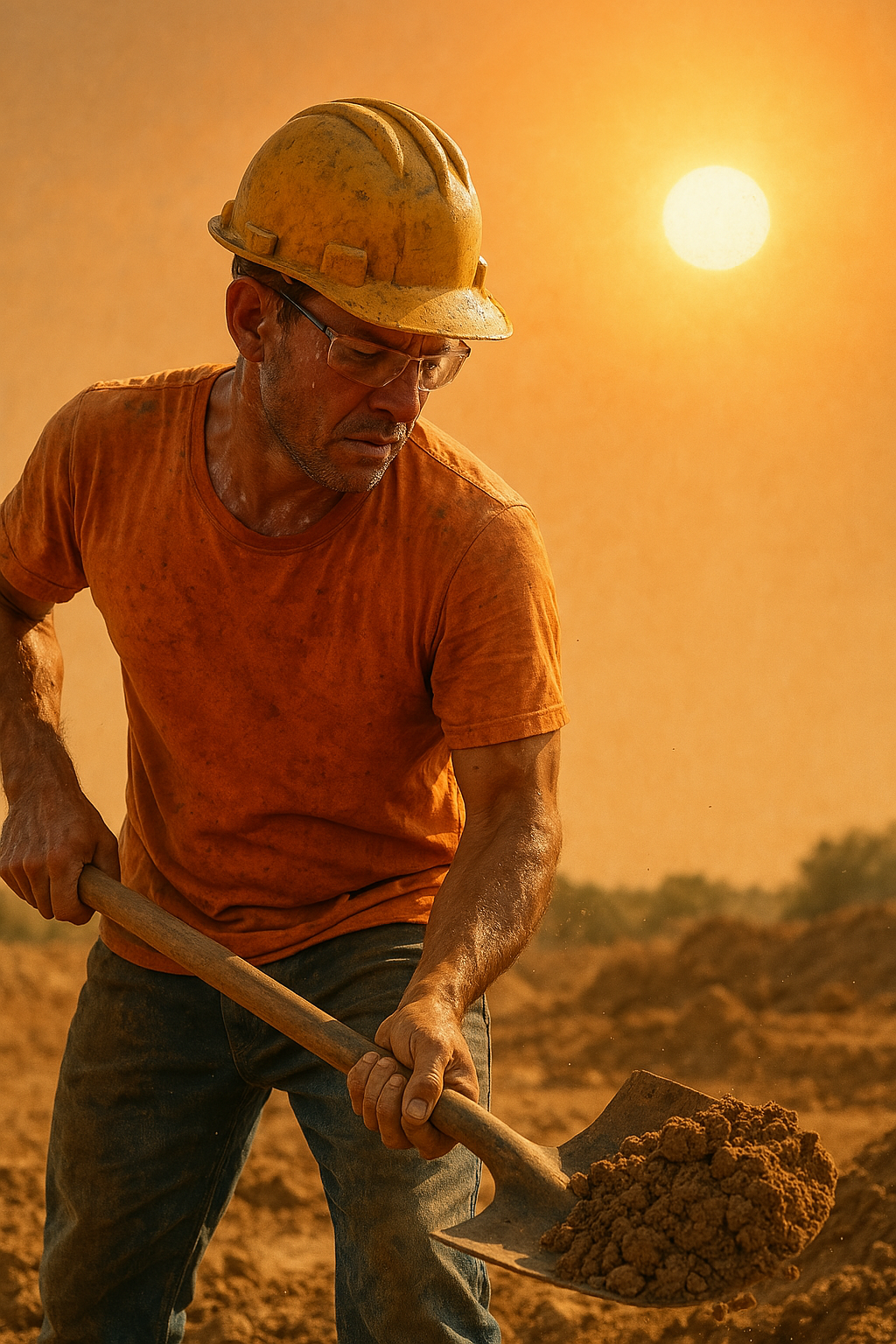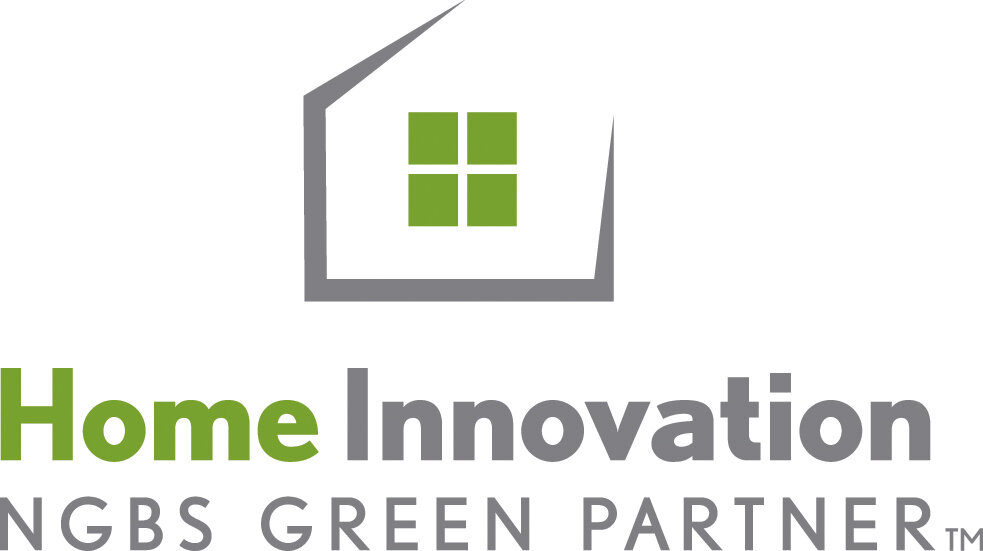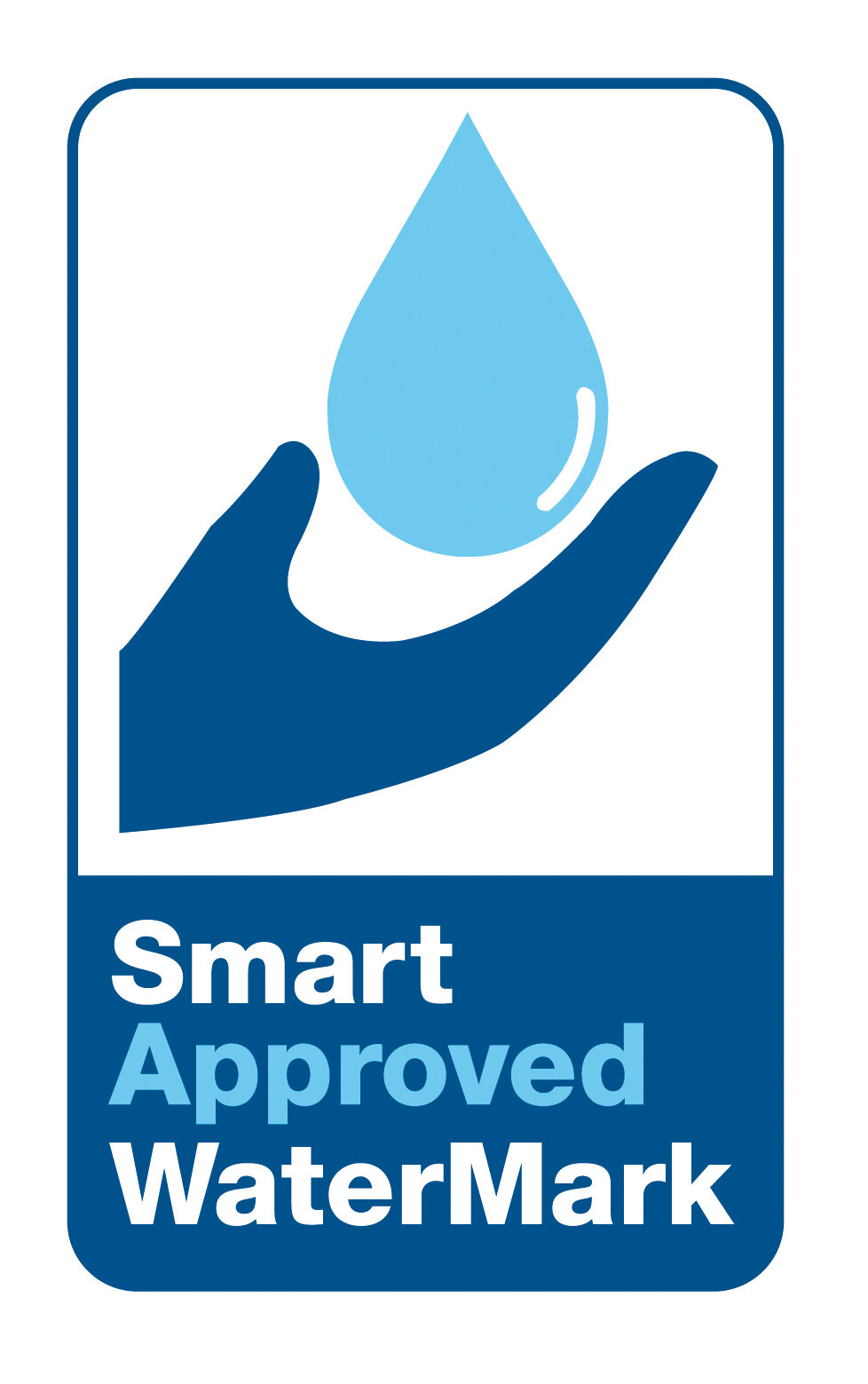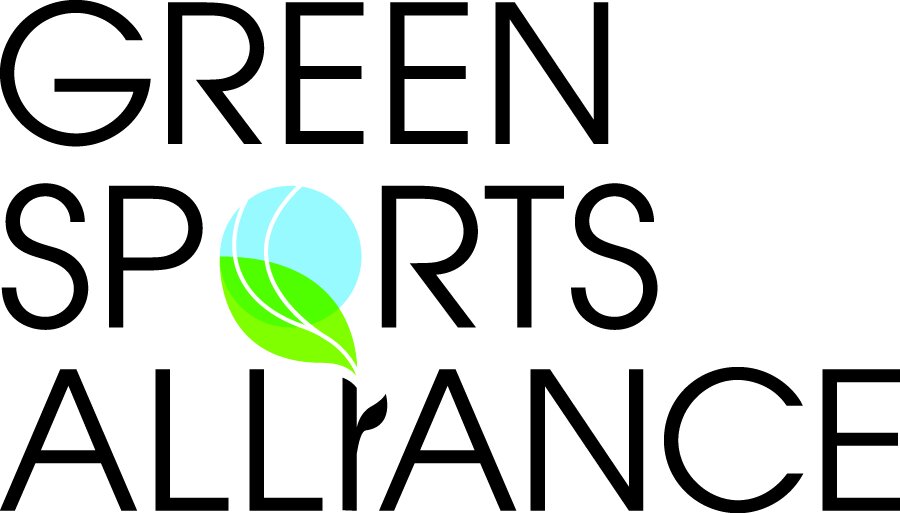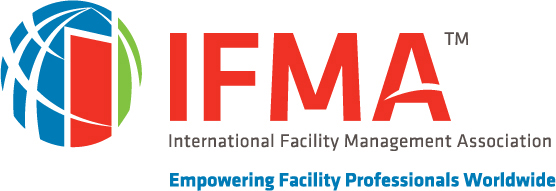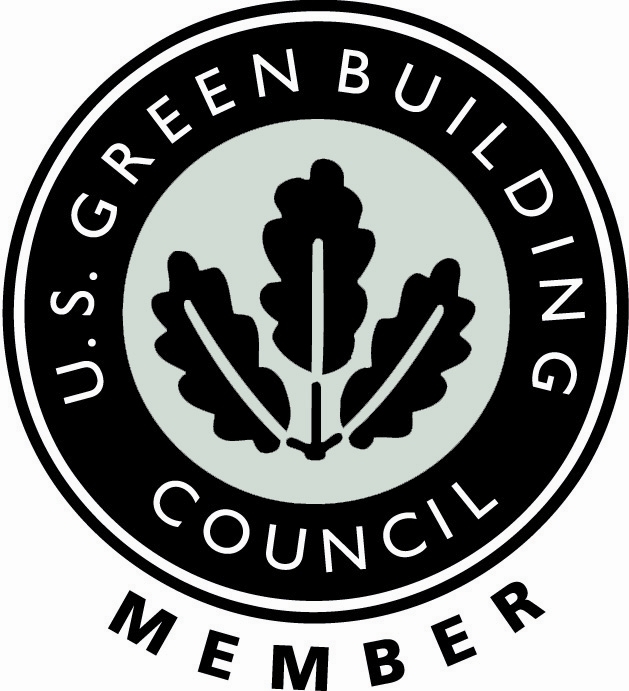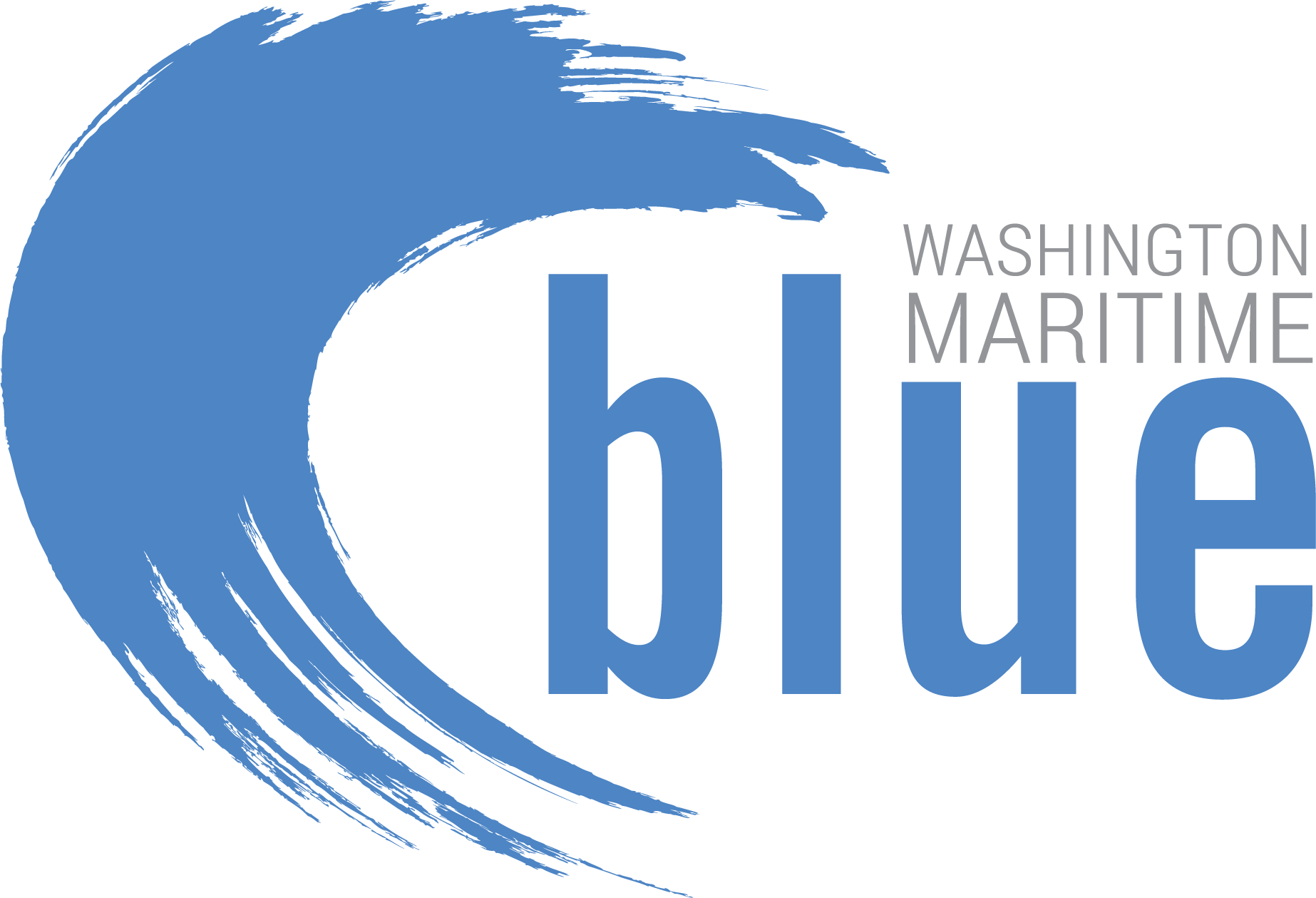The commercial real estate sector has faced significant challenges post-pandemic, with vacancy rates exceeding 20% in some areas. As 2025 approaches, however, some property owners and facility managers are optimistic about a market rebound, driven by recent interest rate cuts and steady economic growth.
However, right now, according to CommercialBuildings.com, the average commercial building in the U.S. is over 50 years old. To attract tenants and maintain occupancy rates, modernizing key areas—especially restrooms—can be a game-changer.
Why Restrooms Matter
Restrooms aren’t just functional spaces; they reflect a facility’s overall management and upkeep. Well-maintained, hygienic restrooms signal that the property owner values tenants, employees, and visitors, strengthening the building’s reputation.
However, basic cleanliness isn’t enough. Upgrading restrooms with modern fixtures, touchless technology, and premium amenities elevate a facility’s image and enhances user satisfaction. Some property managers are even reimagining restrooms as wellness spaces, offering comfortable designs that allow employees to pause and recharge.
Optimizing Restroom Upgrades for Better Facility Image
A modern, well-maintained restroom speaks volumes about a facility’s management and commitment to occupant satisfaction. Here’s how to upgrade restrooms effectively, ensuring they are both functional and aesthetically appealing.
1. Upgrade to Modern, Touchless Fixtures
Outdated fixtures can negatively impact restroom cleanliness and efficiency. Install touchless, sensor-operated fixtures, including faucets, toilets, urinals, soap dispensers, and paper towel dispensers. Sleek, contemporary designs enhance hygiene while improving user experience.
2. Improve Water Efficiency
Restrooms are one of the biggest water consumers in commercial facilities. Lower water consumption and reduce operational costs by selecting high-efficiency toilets (1.28 gallons per flush or less) and waterless urinals. These eco-friendly restroom solutions save resources while reinforcing sustainability commitments.
3. Implement Smart Monitoring Systems
Modern restrooms now include digital monitoring technologies that track paper and water usage, detect maintenance needs, and notify cleaning staff when supplies like soap or sanitizer are low. Investing in real-time restroom management systems improves efficiency and keeps restrooms well-stocked.
4. Focus on Aesthetics
A restroom should feel welcoming, not industrial. Opt for durable, stylish materials for countertops, flooring, and walls. Avoid harsh fluorescent lighting and select ambient LED options that enhance user comfort. Incorporating artwork, plants, and soft lighting creates a calming restroom experience.
5. Ensure ADA Compliance
The Americans with Disabilities Act (ADA) evolves approximately every five years. Ensure restrooms meet the latest accessibility standards, providing grab bars, wider stalls, and lower sink heights to accommodate all users.
6. Highlight Sustainability Initiatives
Display clear signage explaining restroom upgrades, including low-flow toilets, waterless urinals, and eco-friendly cleaning practices. Reinforcing your facility’s commitment to sustainability builds trust and aligns with corporate social responsibility goals.
7. Prioritize Accessibility
Beyond ADA compliance, make restrooms more inclusive by providing spacious stalls, lower sinks, and well-designed layouts that accommodate all visitors. Accessible restrooms improve user satisfaction and facility reputation.
8. Offer Comfort and Convenience
Enhance restrooms with premium amenities such as baby changing stations, full-length mirrors, and high-quality stalls tailored to facility type. A restroom in a high-end office building should reflect luxury, while a manufacturing site restroom prioritizes functionality.
Final Thoughts
In an era of evolving tenant expectations, investing in restroom upgrades isn’t just about aesthetics—it’s about boosting occupancy rates, improving tenant retention, and increasing property value. As 2025 brings new opportunities, staying ahead with strategic facility enhancements is key to attracting tenants and driving long-term success.
Waterless Co., Inc is a pioneer in water efficiency. We are the go-to company when it comes to reducing water consumption, understanding the many benefits of waterless urinals, and finding ways to use water more efficiently. For more information, contact a Waterless Co Specialist.


